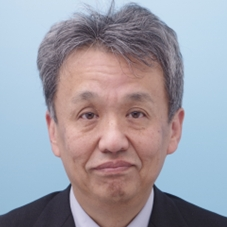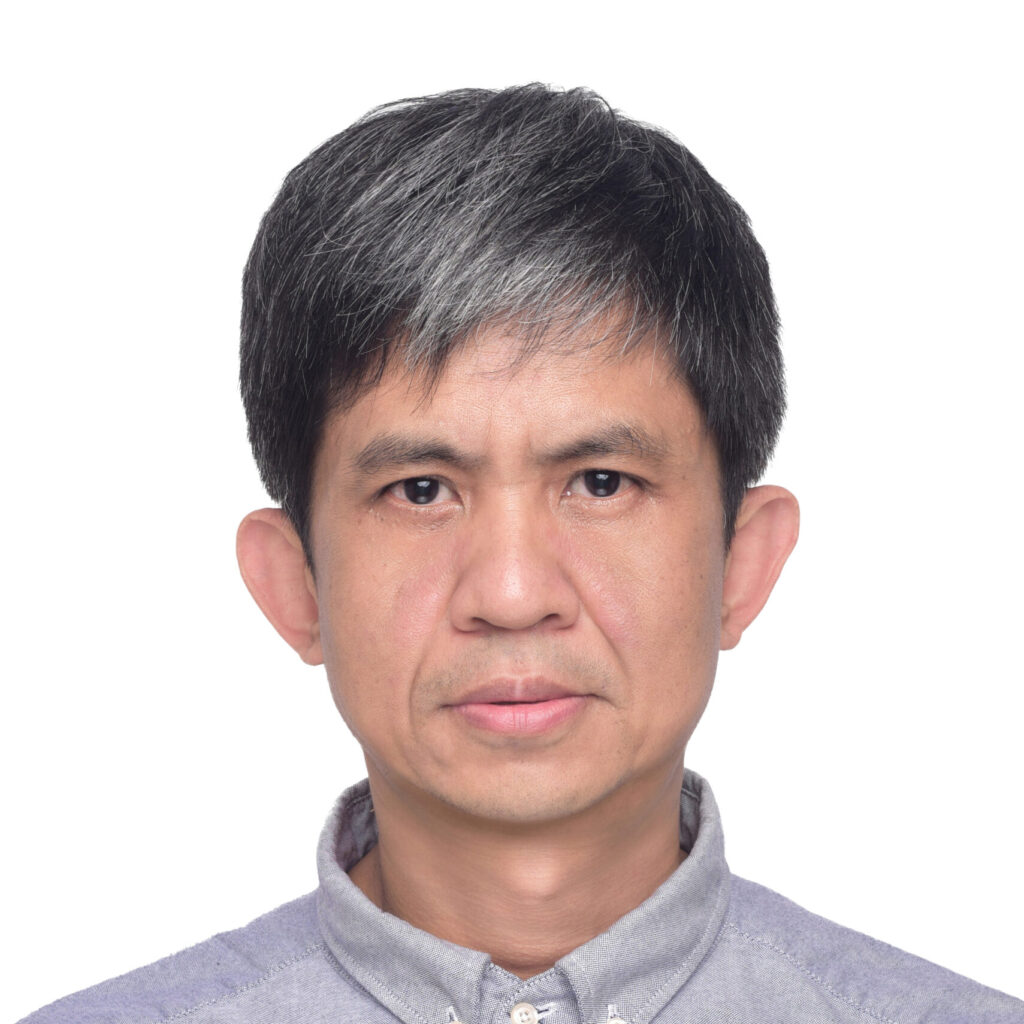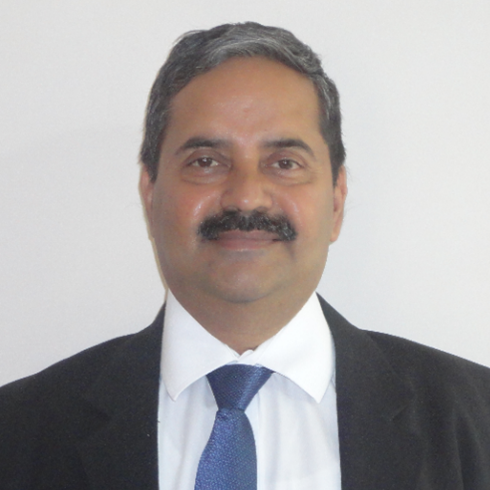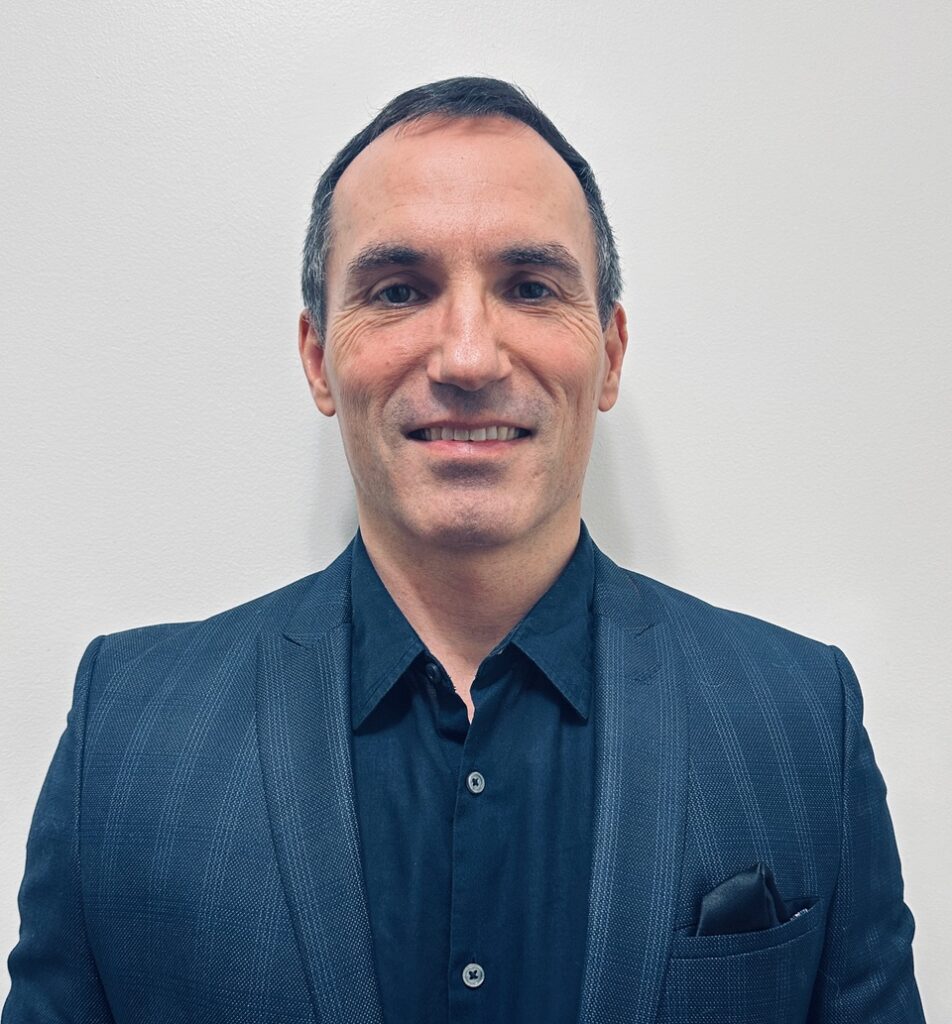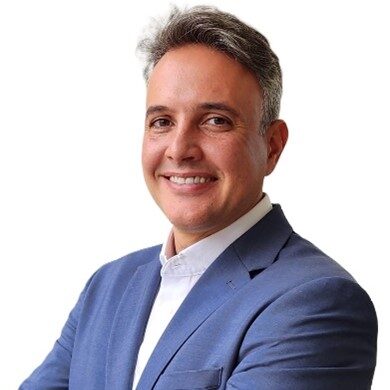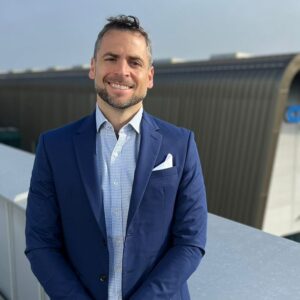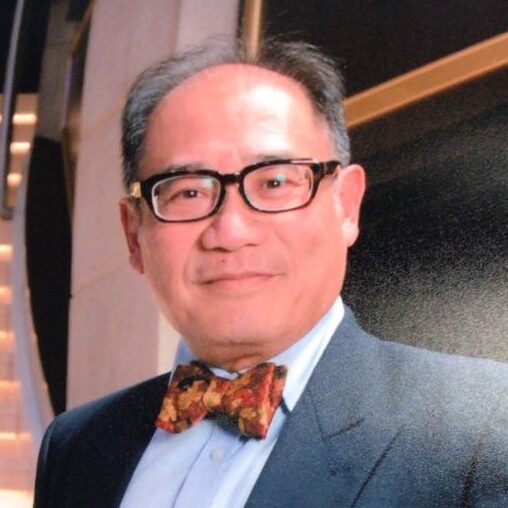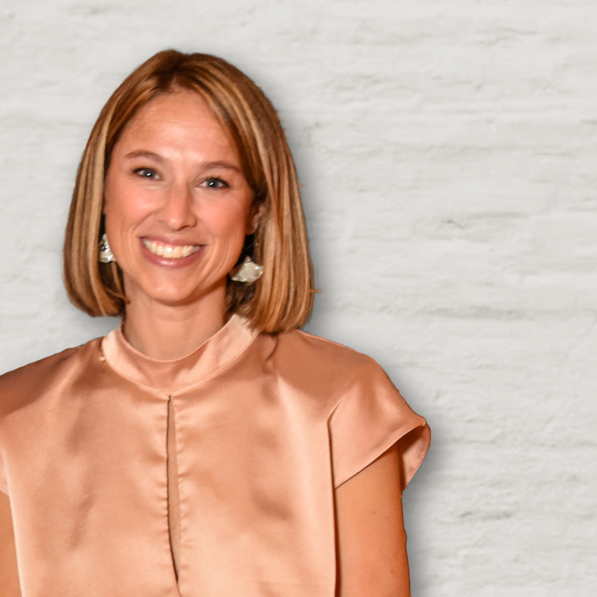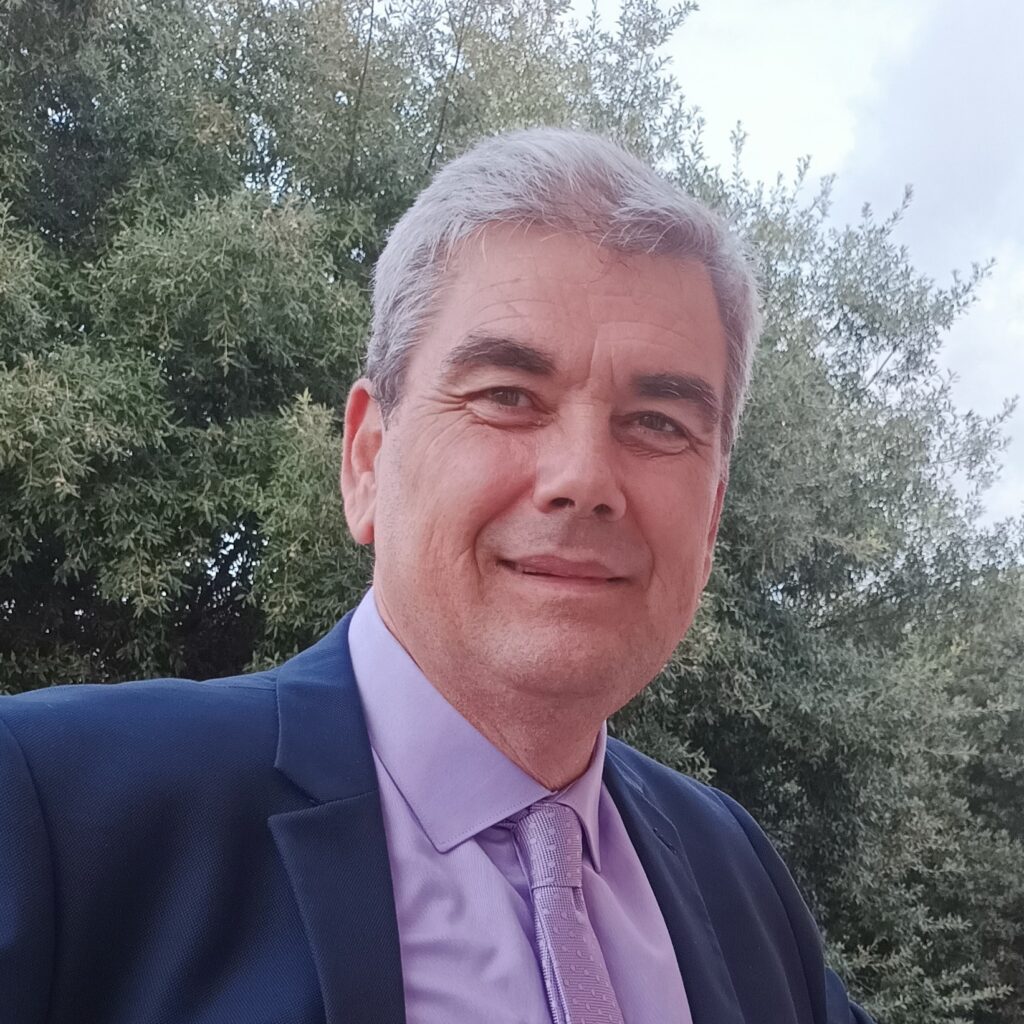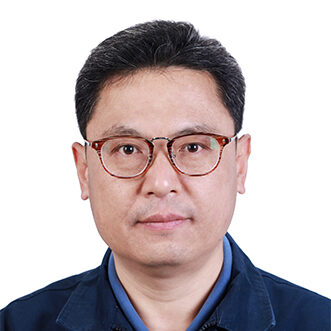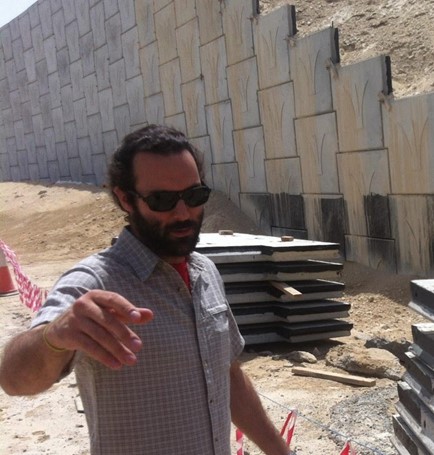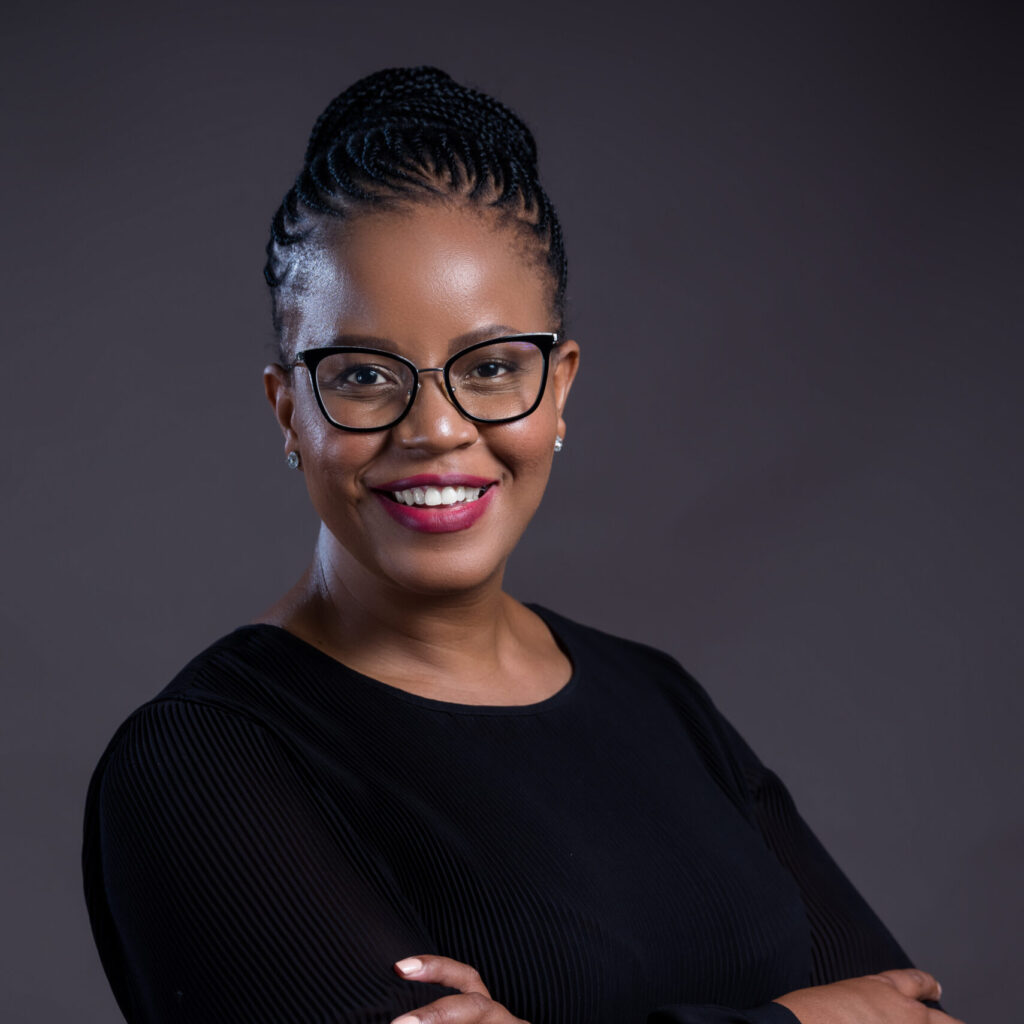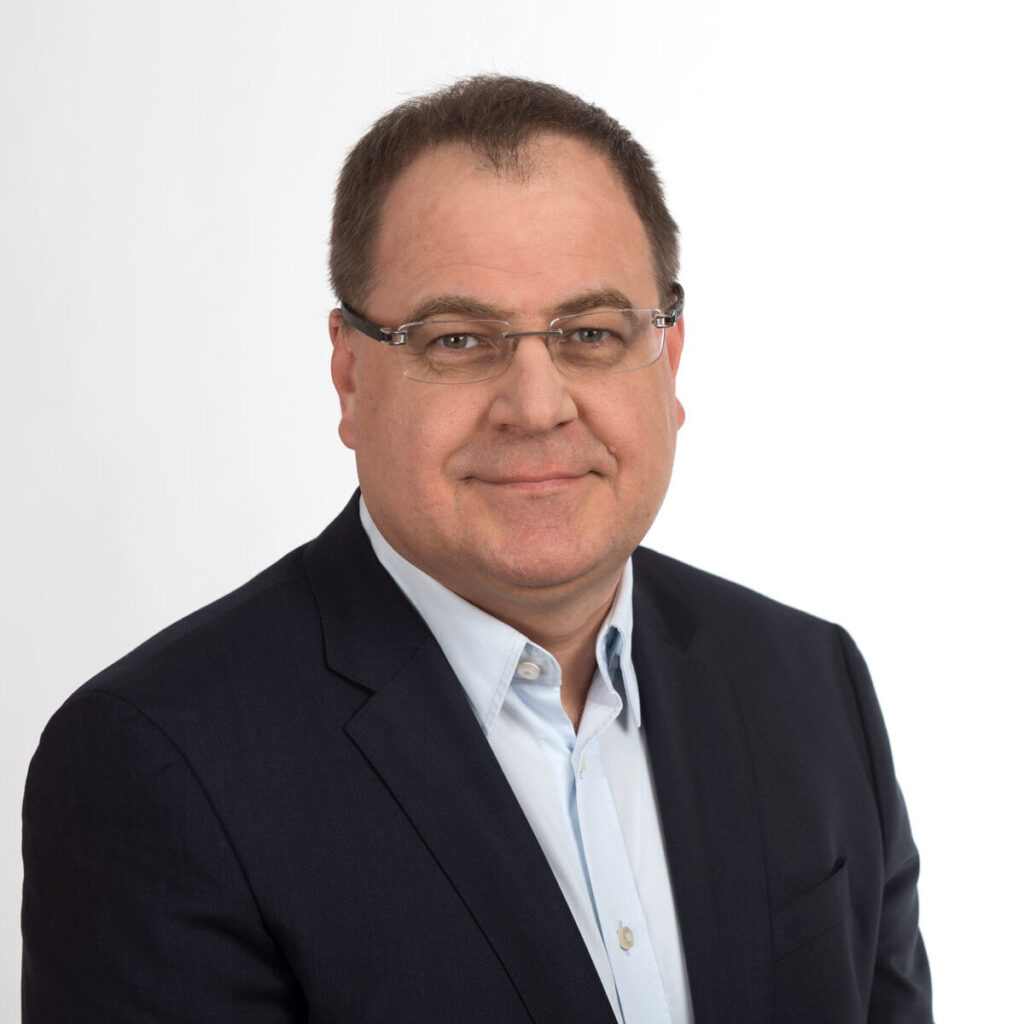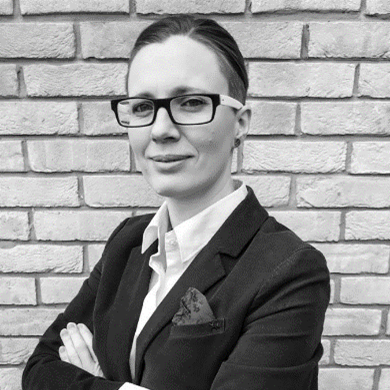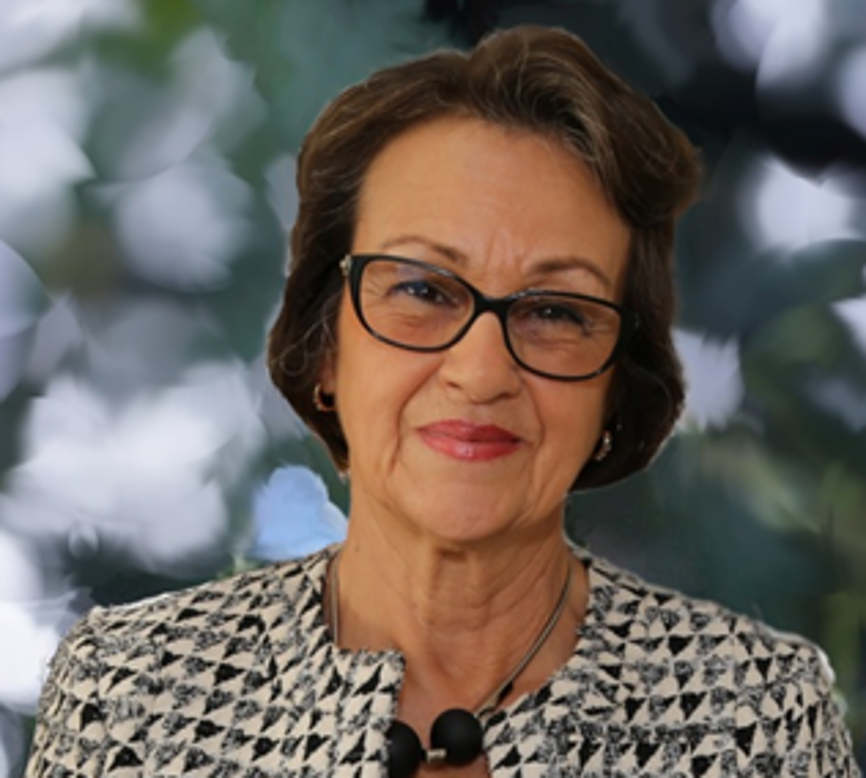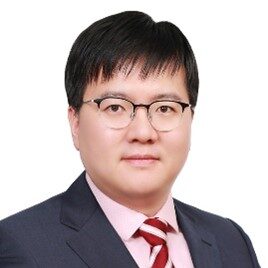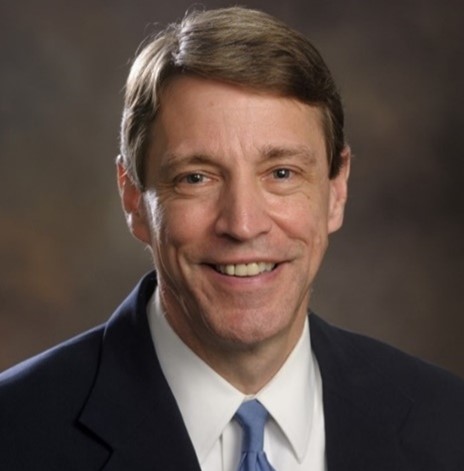 The Eagle Gold Mine, operated by Victoria Gold, is approximately 200km from the border with Alaska. In May of 2019 the site saw the installation of Concrete Canvas fabric in two key areas where traditional concrete was not suitable.
The Eagle Gold Mine, operated by Victoria Gold, is approximately 200km from the border with Alaska. In May of 2019 the site saw the installation of Concrete Canvas fabric in two key areas where traditional concrete was not suitable.
Two channels needed to be lined; the first, a spillway channel which directs water to an events pond, and the second, an emergency spillway designed to convey any overtopping of the events pond.
This project posed several challenges, notably having to install a material which will survive the drastic temperature variation experienced in the northern Yukon region. Temperatures can reach a pleasant 20°C but can also drop to a staggering -30°C. Not only did these temperatures pose a challenge when installing any material, but also any solution needed to be able to withstand the extreme cold the mine experiences in the winter. It was calculated that traditional concrete might be damaged during these extremely cold times of the year. This is due to their performance in freeze-thaw cycles.
Water can enter cracks in the surface of traditional concretes, expanding as it freezes which widens the crack further. When the ice melts, the water can make its way deeper into the crack, and the cycle repeats. Repeated cycles can increase the severity of cracking and lead to water loss. In comparison, the cement mix contained within Concrete Canvas’ 3-dimensional fibre matrix is very dense and prevents water entering the material. This reduces the risk of freeze-thaw weathering cycles affecting its performance.
In order to avoid the freezing temperatures, this project was carried out in May when temperatures were around 15°C, allowing the material to be installed without any complications.
Another reason Concrete Canvas (CC) was chosen over traditional concrete installation methods such as pouring or spraying was due to the characteristics of the project. Specifically, the gradient of the emergency spillway which needed to be lined as a form of erosion control. A 50% gradient along the emergency spillway, measuring approximately 140m long, was deemed too steep for traditional concrete. Not only would it have been very difficult to transport the required amount of concrete to the site, installing it was be nearly impossible. Due to the gradient, poured or sprayed concrete would be incredibly difficult to contain and would require significant formworks to achieve the necessary lining.
In order to install a channel lining solution which could withstand the cold, the force of any water and sediment material flowing through the emergency spillway, and be easy to install in-situ, the project used CC13TM.
Selected by BGC Engineering, CC13TM (or a 13mm thick variant of the CC material) is produced by South Wales-based company Concrete Canvas Ltd. The material is filled with a dry concrete mix which, once hydrated and left to set, forms a hardened concrete layer. As the material is completely malleable before hydration, it can be manipulated to follow the profile of any surface.
For the main spillway, the mine installed both CC13TM and CC8™ (8mm thick CC) along the 500m channel. CC8TM was used in the fall sections of 7.5% while CC13TM was used for the sections where fall increased to 15%. Sealing the overlapping joins between sheets of fabric was achieved by applying an 8mm bead of Soudal 250XF adhesive sealant after hydrating the underlaps before folding the overlap back into position and screwing the layers together.
The material was secured into the ground with ground pegs within an anchor trench on each side of the channel, which was backfilled and to prevent water ingress. To withstand the forces generated by the 50% gradient, the contractor installed rock anchors at 1.8m centres along the overlaps to secure the fabric. It is likely that traditional concrete would not have been able to withstand the velocity of water flow along the 50% section and would quickly become damaged by erosion and abrasion.
As CC can be cut with hand tools, it can be installed quickly, and on this project the contractors, JDS Energy and Mining Inc, were able to install the material at a rate of 750-850m² per day. Thanks to the speed and thoroughness of the installation and planning of the project, Victoria Gold, who operate the Eagle Gold Mine, were satisfied that the spillways were installed to meet the program. Concrete Canvas now has a 120-year life expectancy, as certified by the British Board of Agrément, which will eliminate the requirement for maintenance works and replacement of the material for up to 120 years.






